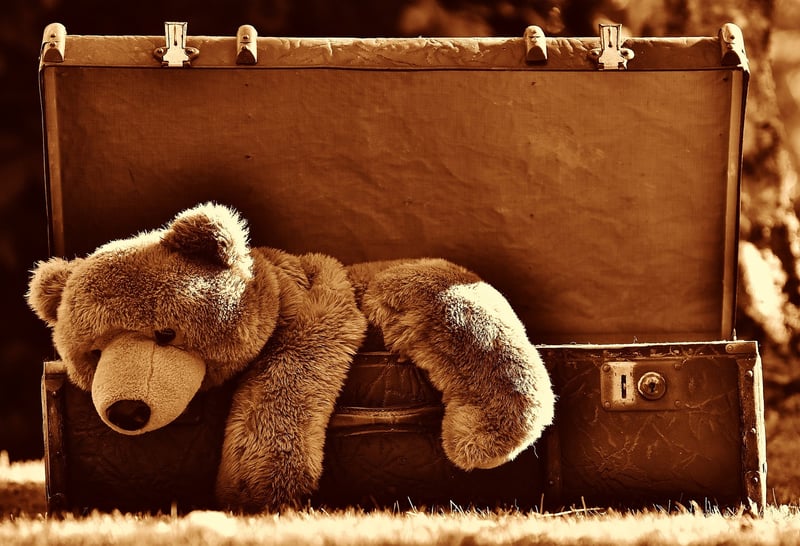Historical Etiquette
Prepare for the Journey: Historical Etiquette
Embarking on a journey in bygone eras involved not just packing essentials but also adhering to strict social norms and etiquettes. Let's delve into the historical practices that travelers followed to ensure a smooth and cultured journey.
Packing Etiquette
When preparing for a journey, travelers in the past meticulously selected their attire. Men would wear suits or formal attire, while women would dress in modest yet elegant gowns. It was crucial to pack essentials like toiletries, writing materials, and money in a secure and organized manner.
Traveling by Carriage
In the age of horse-drawn carriages, travelers had to consider the comfort of fellow passengers. The most esteemed seat was the one facing forward, while the back seat was reserved for the elderly or esteemed guests. It was customary to offer assistance to others when embarking or disembarking.
Train Travel Etiquette
With the advent of trains, a new set of etiquettes emerged. Passengers were expected to dress formally for train journeys. It was customary to engage in polite conversation with fellow travelers, share reading materials, and observe mealtime etiquette in the dining car.
Steamship Voyage Customs
Traveling by steamship was a luxurious affair, often requiring formal attire for dinner and social events. Passengers were expected to attend social gatherings and adhere to the ship's schedule. Etiquette guides of the time emphasized the importance of gracious behavior and respect towards fellow travelers.
Conclusion
As we look back at historical journey etiquettes, we gain a glimpse into the refined customs and social norms of the past. While travel norms have evolved over time, incorporating elements of the past etiquettes can add a touch of elegance and sophistication to our modern journeys.

Explore more about historical etiquettes and travel customs to enrich your journey experiences!
References: History Extra
